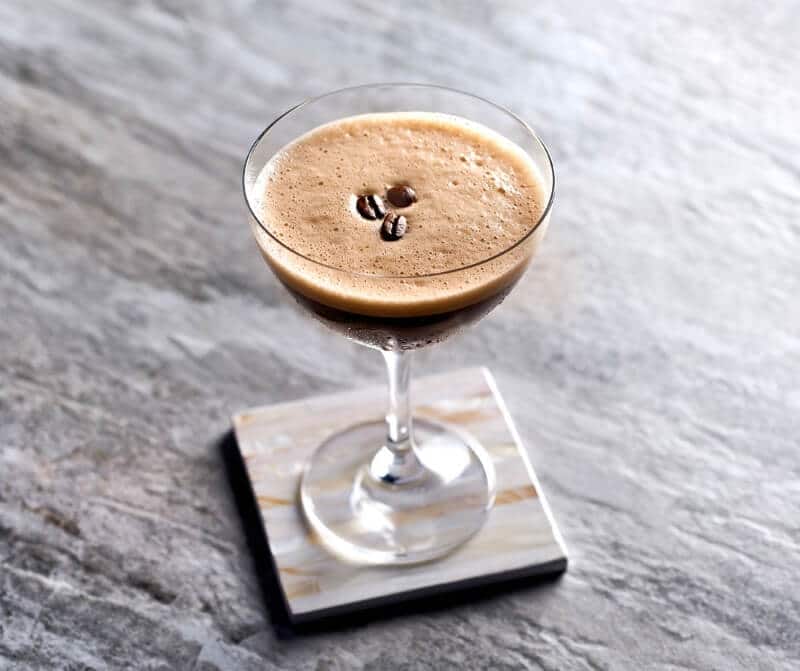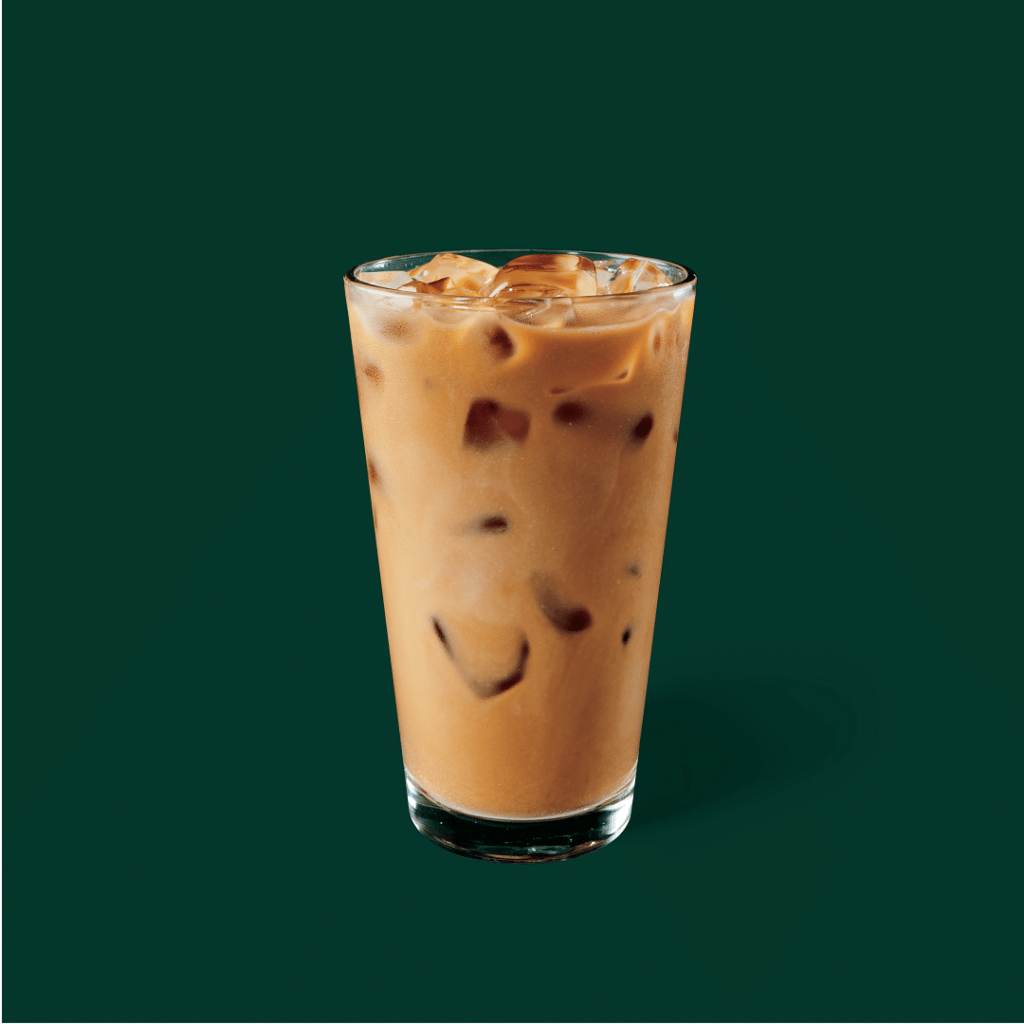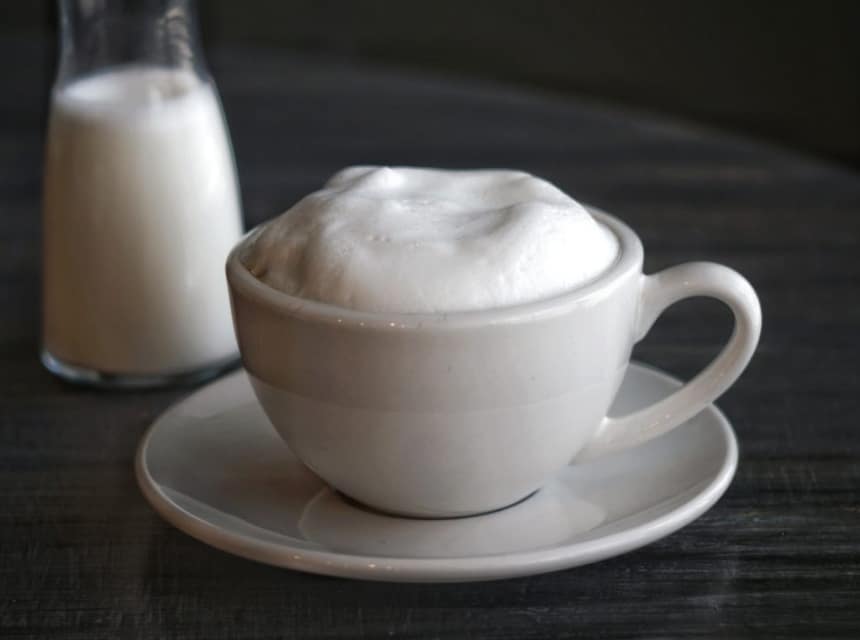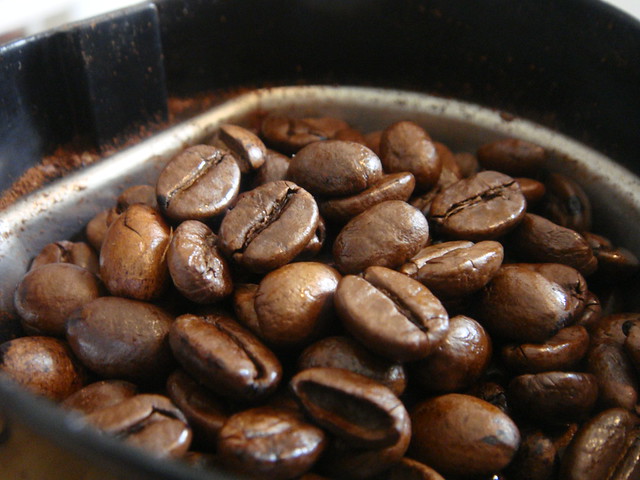

If you’ve ever been to Brazil, there’s a good chance you’ve tasted or heard of the famous cafezinho. It is a widely-consumed Brazilian favorite, with black coffee and panela as its primary ingredients. You can drink cafezinho plain or alter its consistency by adding some milk – what truly matters is one’s personal preference.
Well-ground coffee, panela, water, and cream are the ingredients needed to make cafezinho. You’ll need a boiling apparatus for the water and an excellent filter to sieve out all unwanted particles from your coffee. To brew cafezinho at home, consider a high-quality drip coffee maker like one of our best bunn coffee makers for quick, full-flavored coffee brewing. The right equipment can help replicate that authentic taste.
Aside from the traditional Brazilian way of making this coffee drink, you can play around with other exciting recipes. The time it takes to make a cup of Brazilian coffee is relative – depending on who’s making it. However, the average time to brew one cup is five minutes. You don’t have to wait till you’re in Brazil before enjoying their culturally significant coffee drink.
Keep reading to learn more on how to make this Brazilian coffee.
Cafezinho, also known as Brazilian coffee, is a delicious combination of black coffee with some local sugar (panela). Since it originated in Brazil, you can find it served at various shops all over the country.
Consumption of Brazilian coffee has also been adopted in various countries abroad. The word cafezinho can be translated to mean “a little coffee.” However, you shouldn’t underestimate the sweetness of this little cup of coffee.
In the sugar-to-coffee ratio of cafezinho, there’s quite a lot of sugar. Feel free to use a smaller amount of sugar in yours if you don’t fancy high levels of sweetness.
If eventually, you fall in love with Brazilian coffee, make sure to consume it moderately – harvard.edu says the safest way to drink coffee is in moderate amounts Trusted Source Moderate amounts of coffee are the best - Harvard Health Drinking no more than four or five 8-ounce cups of coffee per day—equal to about 400 milligrams of caffeine—helps people get the drink’s health benefits with a lower risk of caffeine side effects like anxiety and nervousness. www.health.harvard.edu .
With the correct steps, you can replicate one of Brazil’s most popular coffee drinks in your home. To make cafezinho in the Brazilian way, these are the things you should know:
The ingredients you need to make cafezinho are easy to get. They include:
The items you’ll need in your kitchen to make cafezinho include:
Once you have all the necessary ingredients and equipment in place, you’ll need to follow the correct steps.
Note: We avoid getting the water heated to boiling temperature because it makes coffee sour.
Once you’ve done all this, your Brazilian coffee is ready to serve.
People use Brazilian green coffee beans to make cafezinho. They are very affordable and easy-to-access coffee beans – this is no surprise, as Brazil is the world’s biggest grower of coffee beans Trusted Source Coffee production in Brazil - Wikipedia Coffee production in Brazil is responsible for about a third of all coffee, making Brazil by far the world’s largest producer. Coffee plantations, covering some 27,000 km2 (10,000 sq mi), are mainly located in the southeastern states of Minas Gerais, São Paulo and Paraná where the environment and climate provide ideal growing conditions. en.wikipedia.org .
A notable characteristic of the Brazilian green coffee beans is that they can be dark roasted without getting sour. When processed correctly, the beans provide an excellent flavor.
However, there are many finished products that you can purchase to make sweet Brazilian coffee.
Whether you use coffee beans or pre-ground coffee products is up to you. What truly matters is getting quality brands that will yield the best results.
You can get excellent whole-beans Brazillian coffee products or pre-ground ones at affordable prices – For example, the Pilao Coffee Traditional Roast and Ground is among the nine best Brazillian coffee products out there.
A reliable alternative for those who prefer pre-ground coffee is the Illy Brasile Single Origin Whole Bean Coffee.
One advantage associated with whole bean coffee products is that you can decide the extent to which you’ll grind it – you can make it absolutely fine or relatively coarse. However, you’ll have to go through the associated stress of grinding coffee beans from scratch.
Pre-ground coffee, on the other hand, is much easier and faster to use.
The degree of roast in coffee beans will affect a couple of things, including how it tastes, the smell, and its degree of blackness. There are different coffee bean roasts – light roast, medium roast, medium-dark roast, and dark roast.
All these varying degrees of coffee bean roast have their unique flavor, smell, and color. So, yes, the roast does matter.
Several factors contribute to the quality of cafezinho – starting from the raw Brazilian green coffee beans, right down to the degree of roast. If you’re well skilled in the art of roasting coffee beans, you can get your beans and put them through the complete process of cafezinho production – roasting, grinding, and brewing.
However, those who prefer to cut through all that stress can purchase finished Brazilian coffee brands – whole beans or pre-Ground.
It is also vital to use the best quality filters when brewing the perfect cup of cafezinho. Follow the instructions given in this article, and you’ll find things easy when making this favorite Brazilian coffee drink at home.





